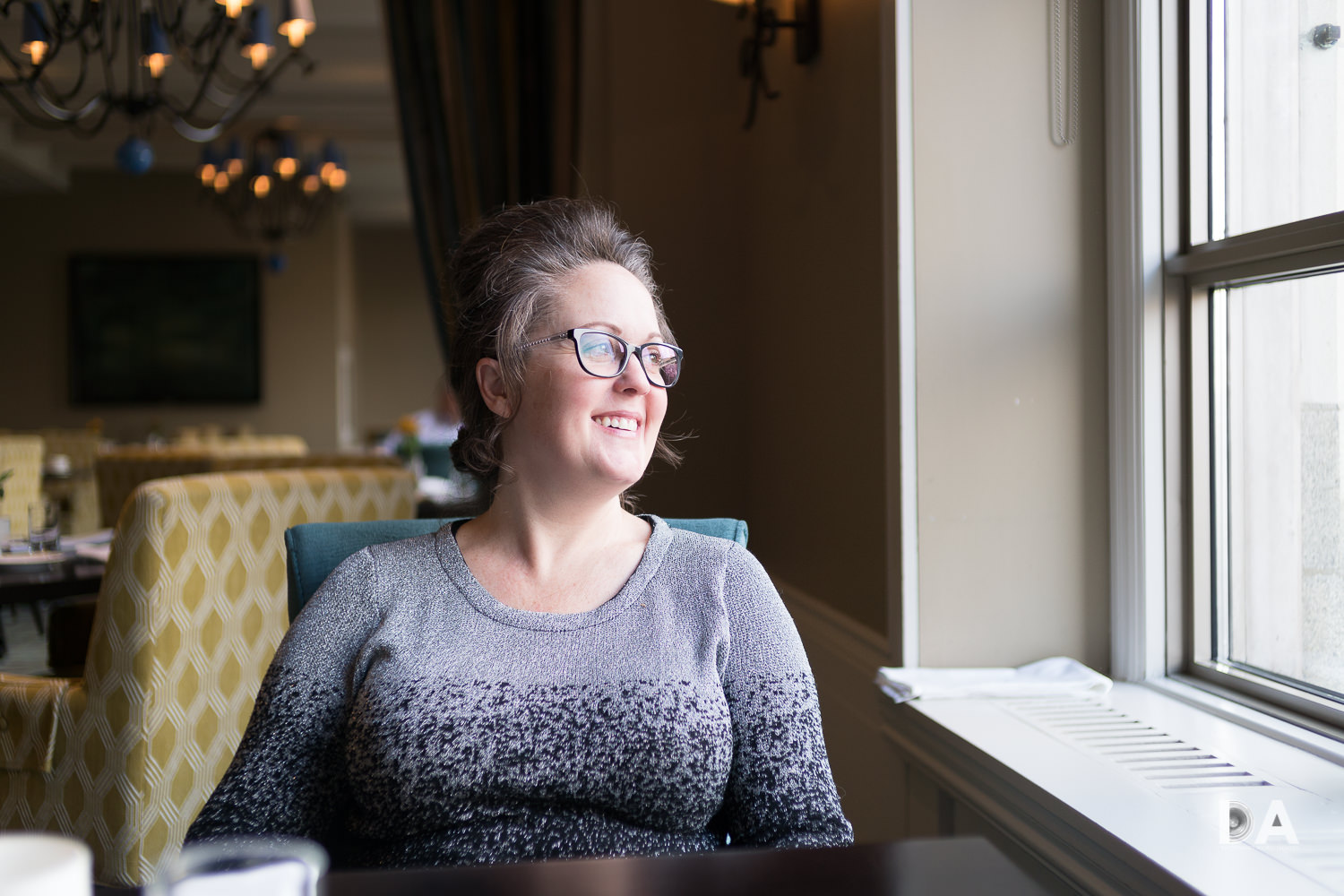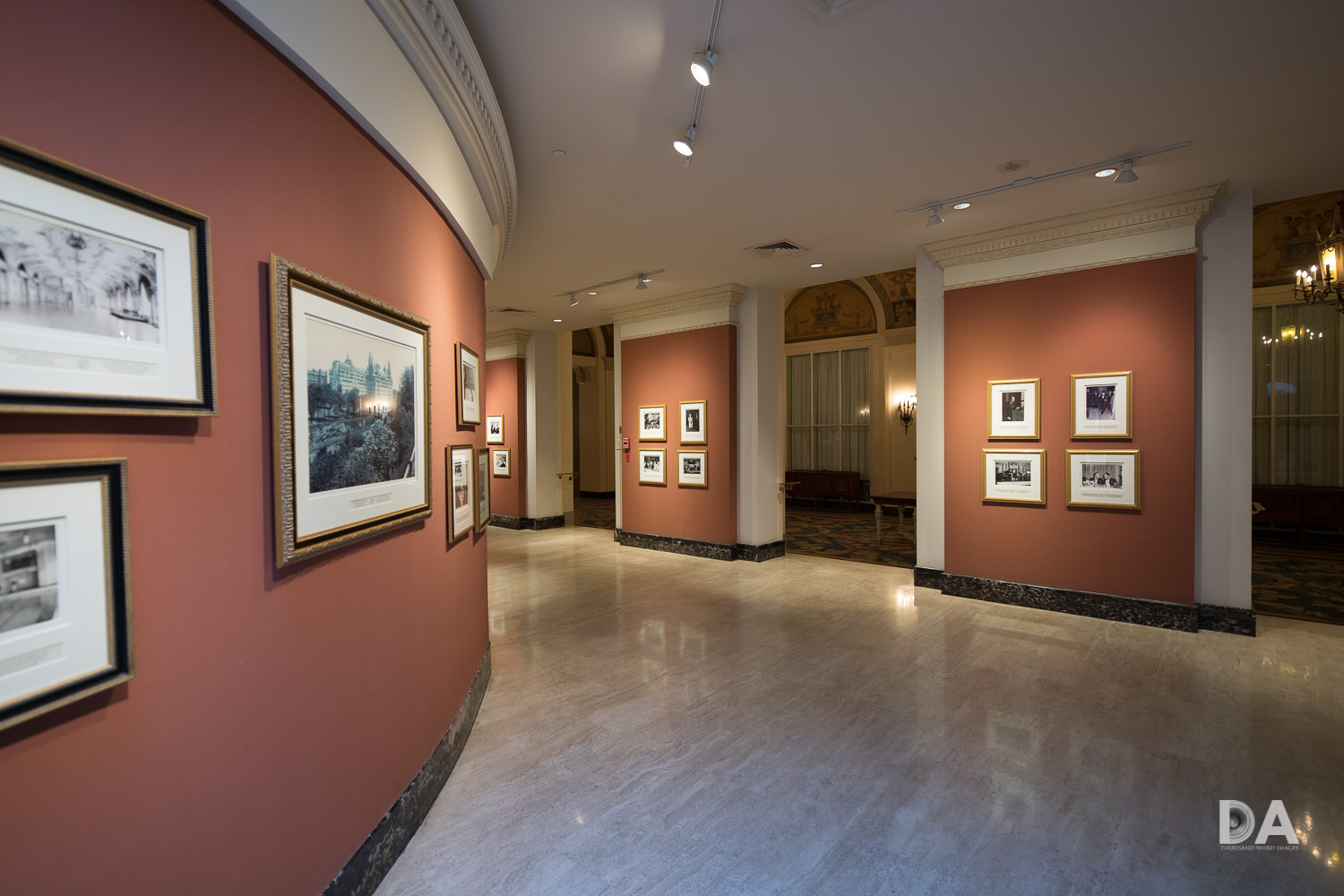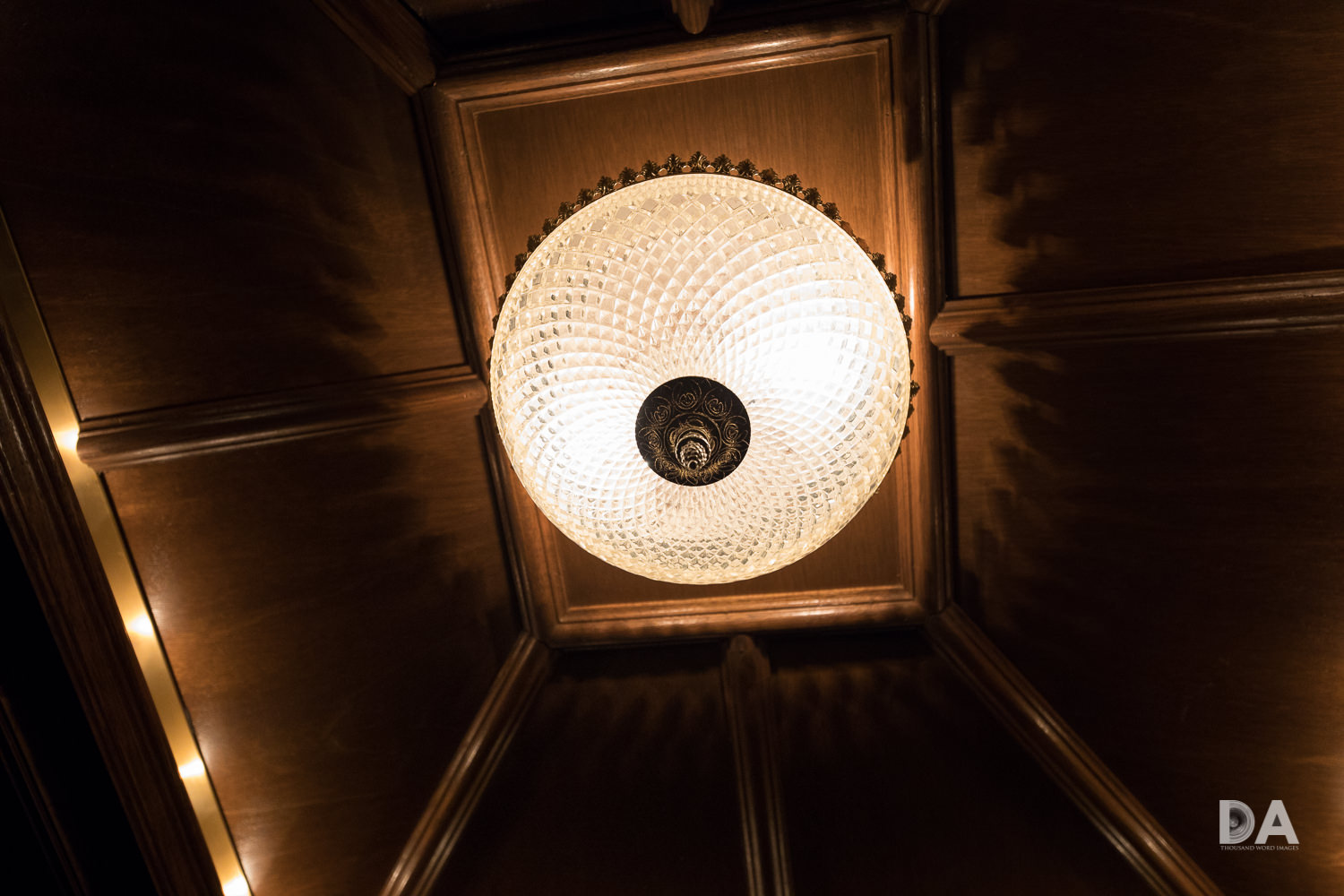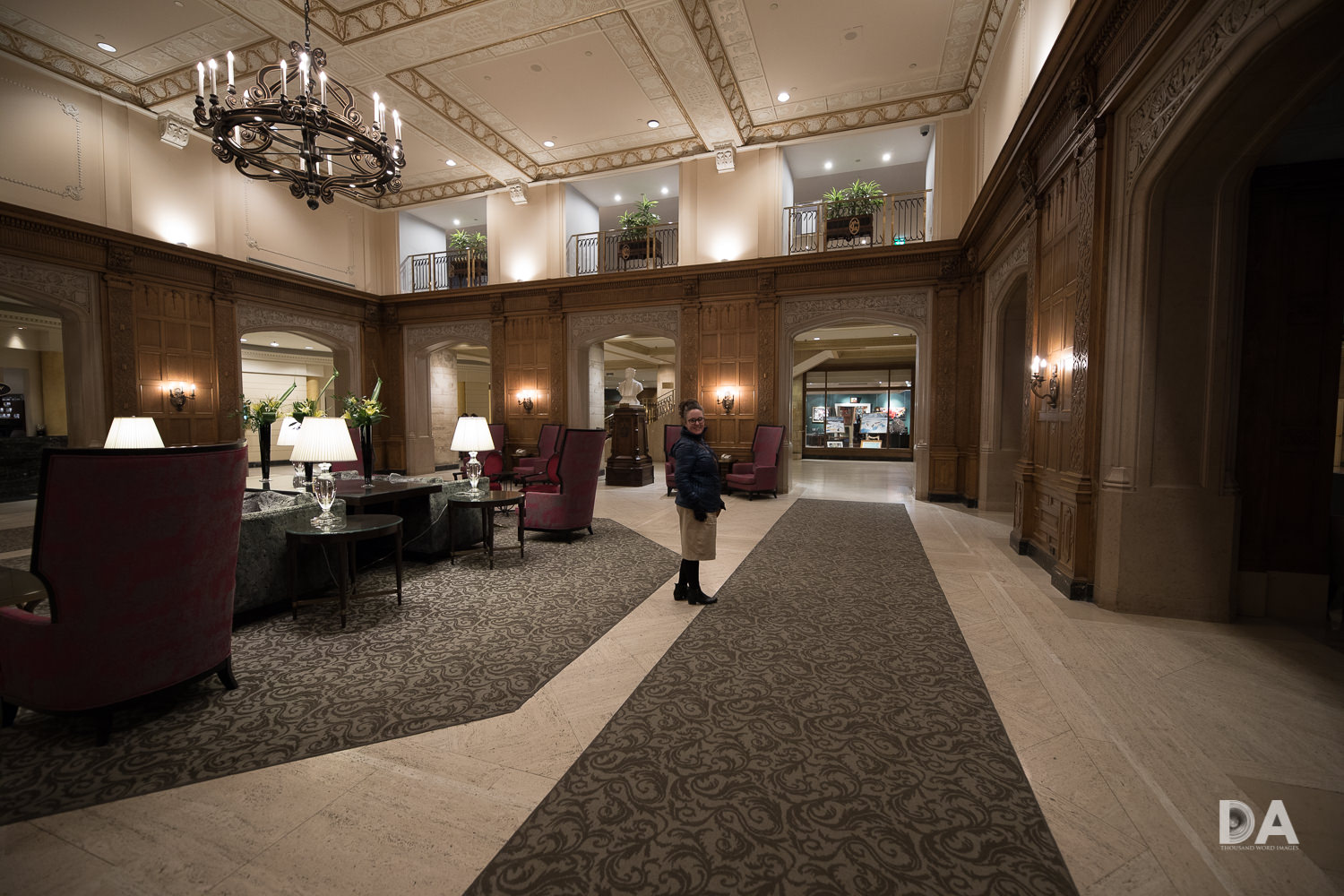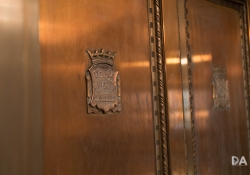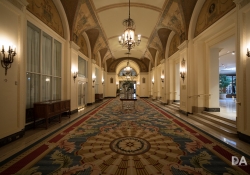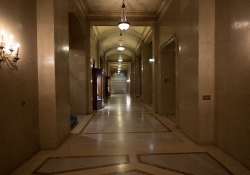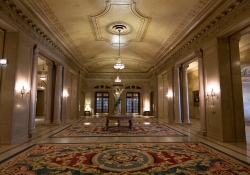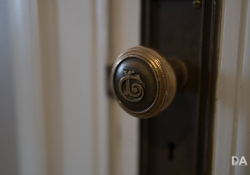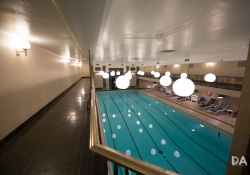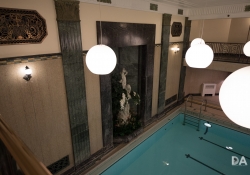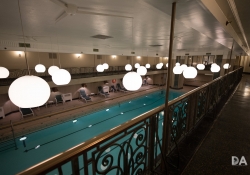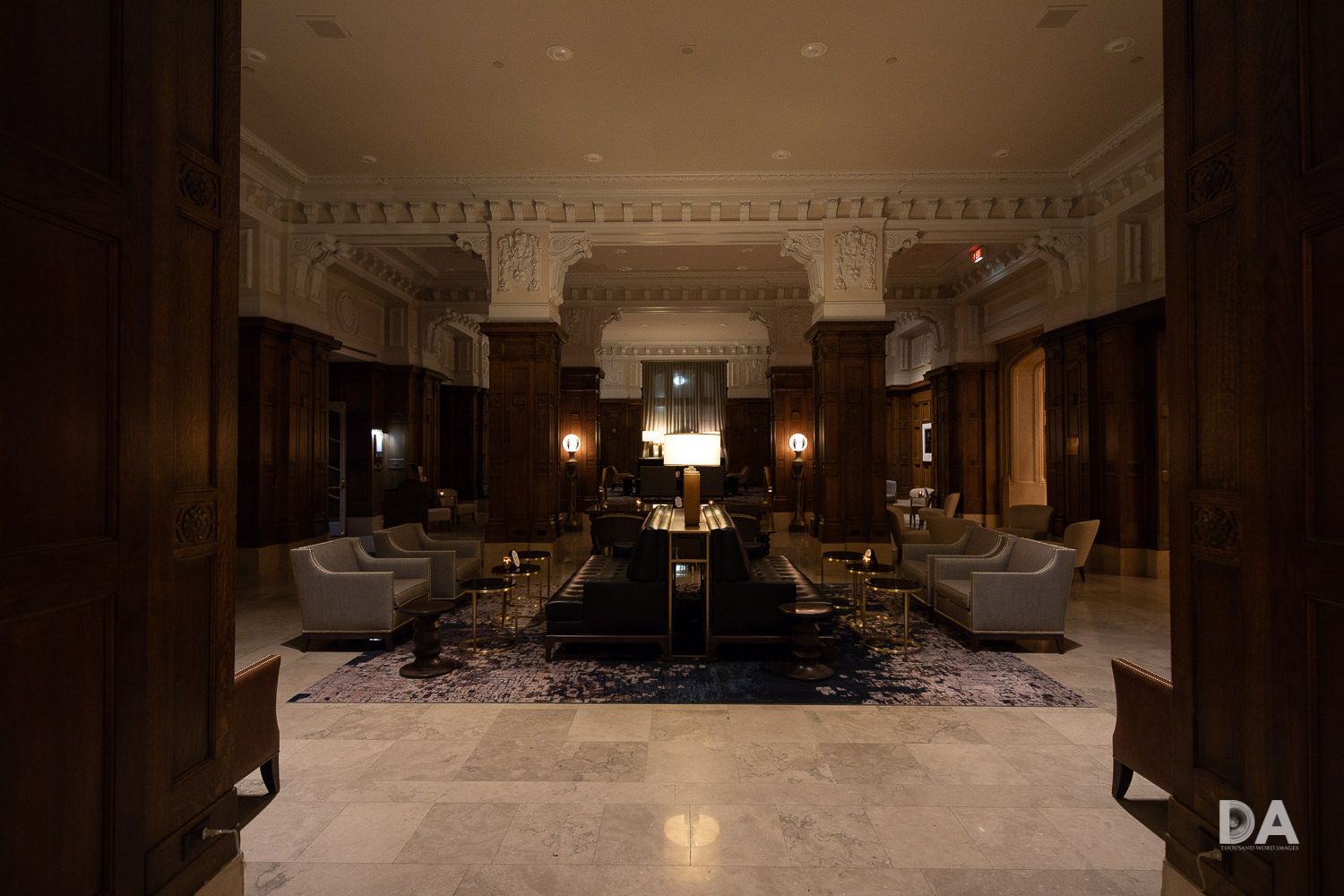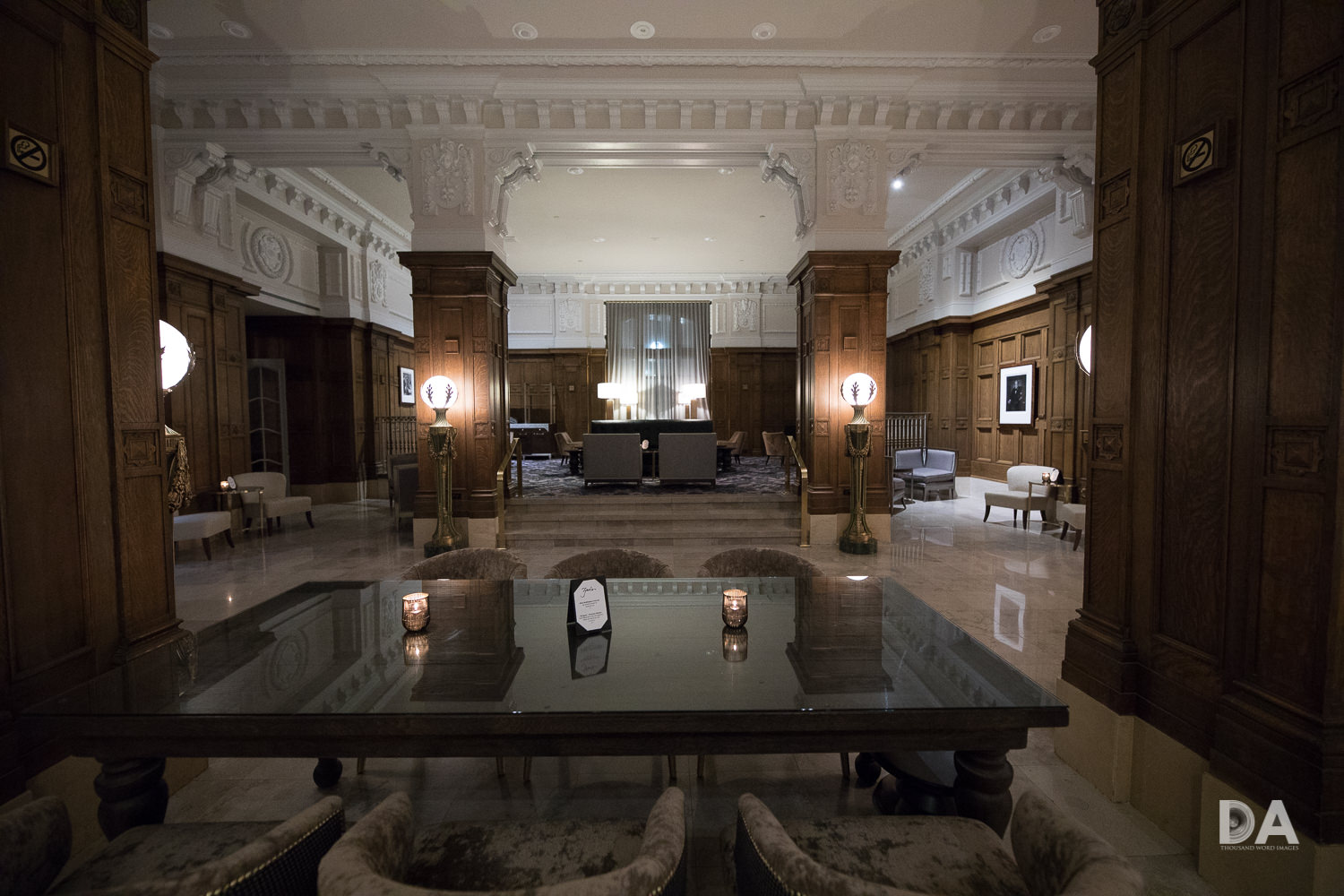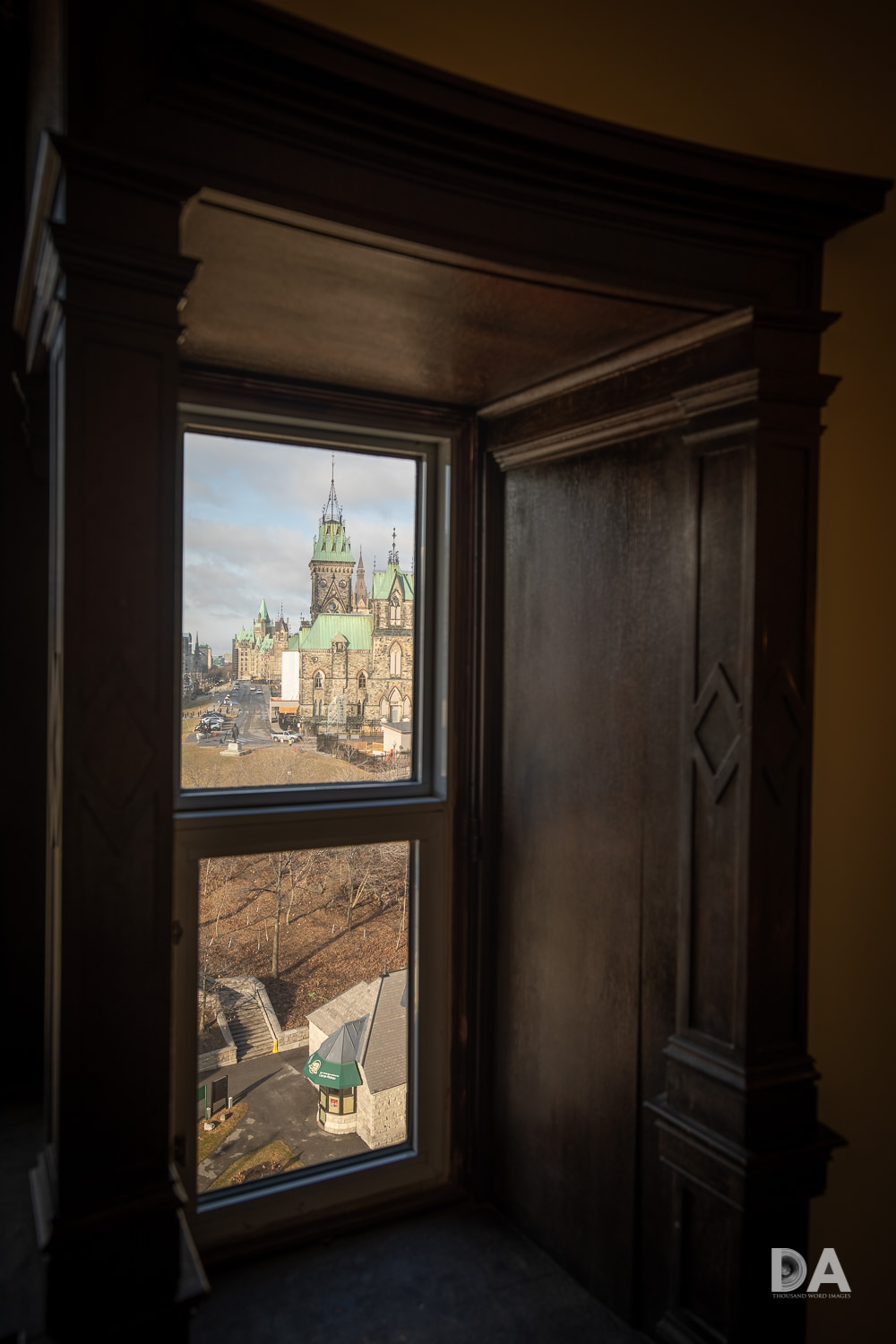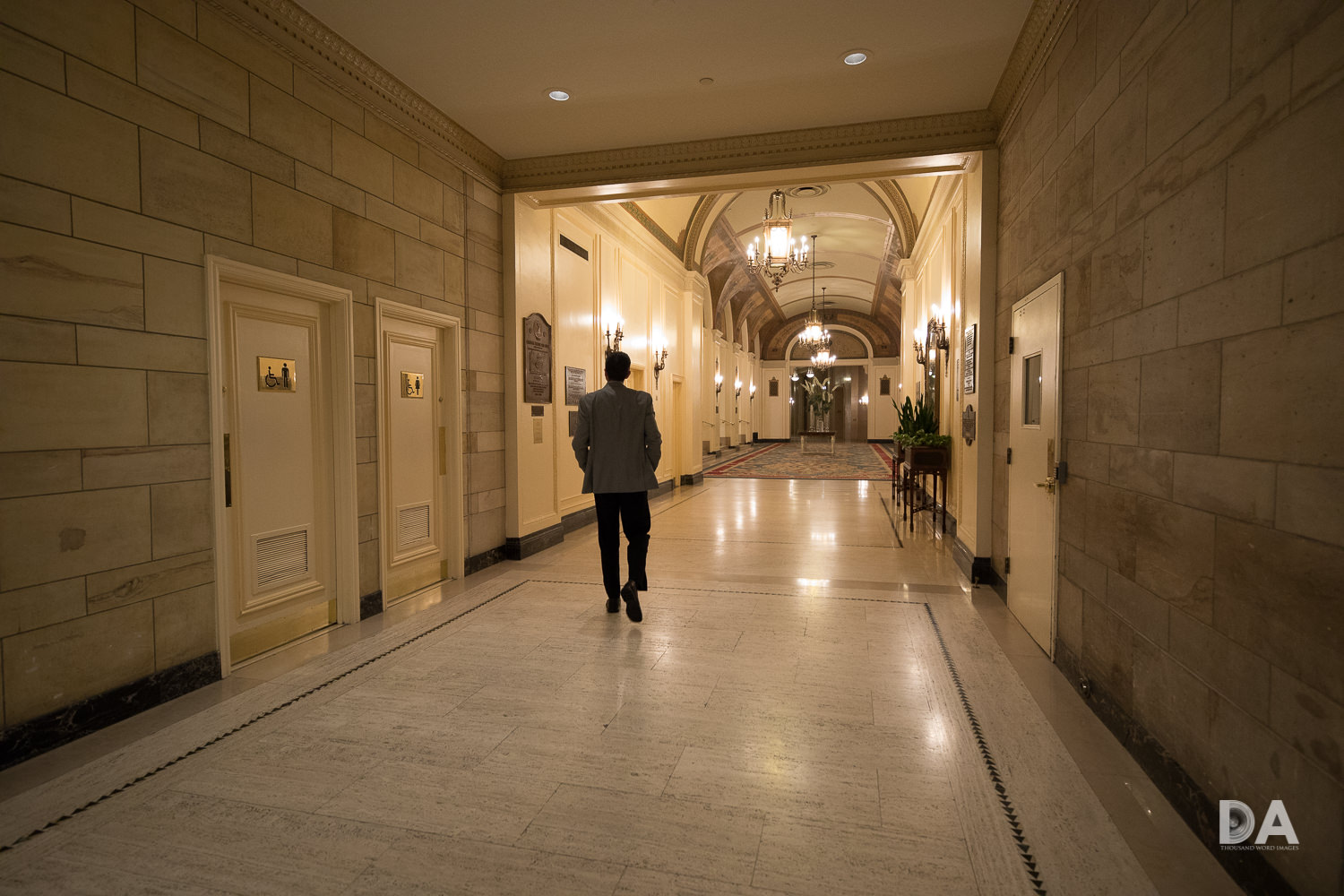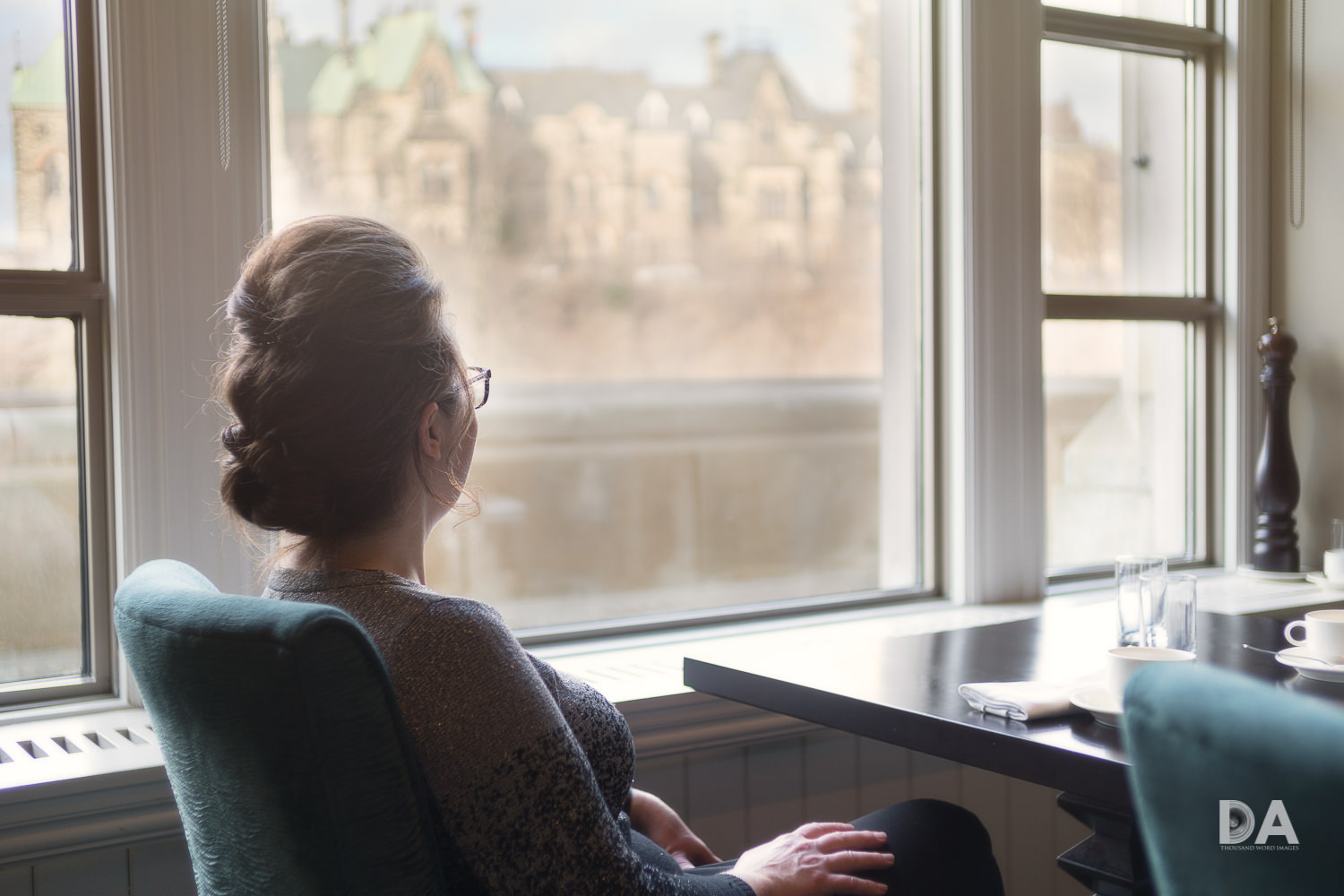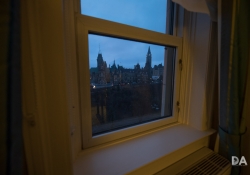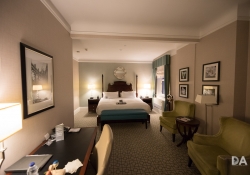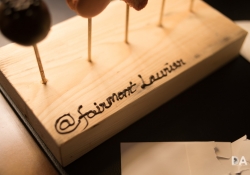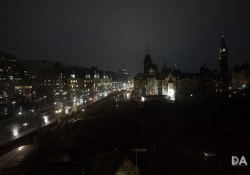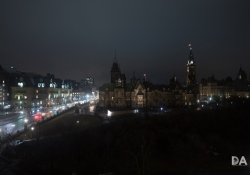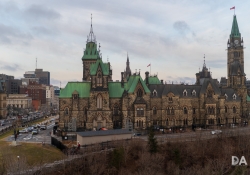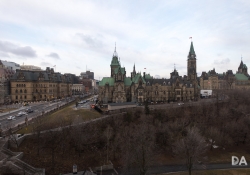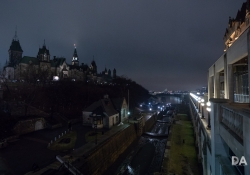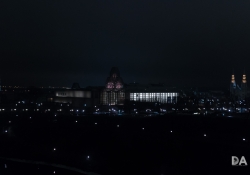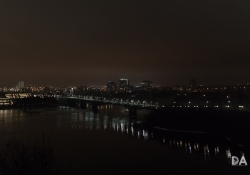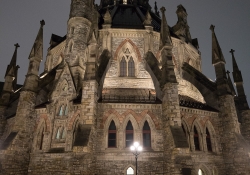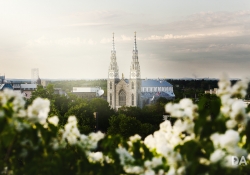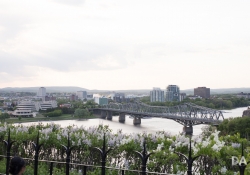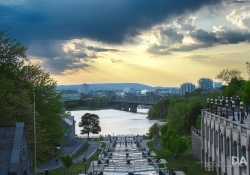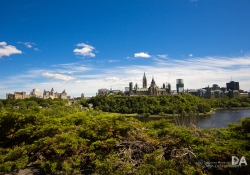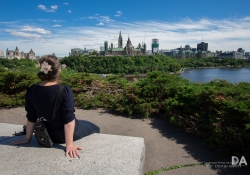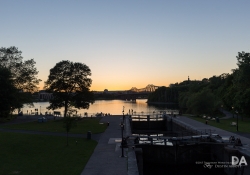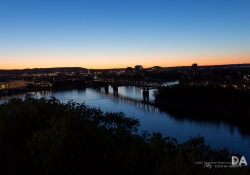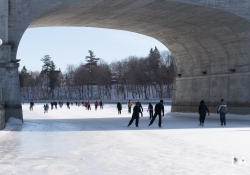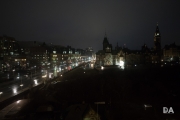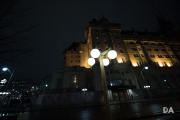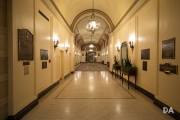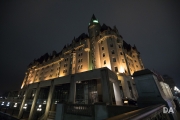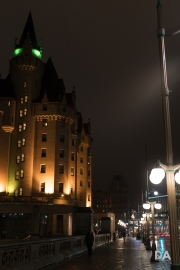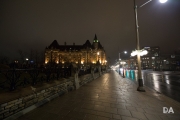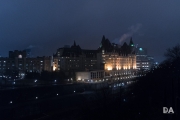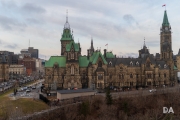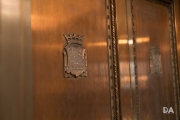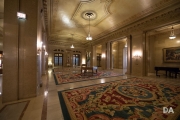Who says you can’t mix business with pleasure?
One of the best parts of what I do is the opportunity to take the lovely Mrs. A and a camera or two into new places and experiences. My camera has opened up a number of doors into some special places. Most recently that included a chance to cross something off my wife’s “bucket list” and visit the renowned Fairmont Château Laurier in Ottawa. This hotel is, outside of Canada’s Parliament buildings, the most recognized landmark in Canada’s capital city.
If you enjoy either beautiful places or history (or both, for that matter), the Château Laurier is a fascinating place. I spent a lot of time just viewing the old photos and accompanying articles documenting the storied history of the property that decorate the walls in certain corridors.
It’s a fascinating story of how an American had a dream to bring luxury to Canada’s capital. It involves railroads, the Titanic, royalty, and more…
Check me out on: My Patreon: | Google+: | Facebook: | Twitter: | Flickr: | 500px: | Sign Up for My Newsletter :
I’ve Been Working on the Railroad…
A few months ago I completed Conrad Black’s “Rise to Greatness: The History of Canada from the Vikings to the Present”. It’s a wordy title for a wordy book (over 1100 pages!), but I do enjoy Black’s clever use of language and ability to remain effectively neutral in his reporting on various Canadian leaders despite their political party. One thing that really stood out to me was how incredibly essential the building of Canada’s great railroads were to uniting the new country of Canada into a comprehensive whole. As someone who enjoys long hikes into the dense forests of Ontario, I can fully comprehend how incredibly important it was to have a reasonably fast way for goods and people to travel across this vast country that is often densely forested. Before the railroad was completed it required a four-month sea voyage to travel from the east coast of Canada to British Columbia. Canada was just too large a landmass to ever become a comprehensive single country unless there was a way to connect east and west more effectively. Canada’s first Prime Minister, Sir. John A. McDonald, had a dream of a united Canada, and in his mind, that would take a transcontinental railway…and not one dominated by American interests.
A lot of Sir John A. McDonald and Sir George-Étienne Cartier’s early political decisions were about the role of the railroad. The cost was prohibitively expensive, but these early visionaries understood that for Canada to grow and progress, the railroad to the west had to be built.
In 1852 Cartier introduced a bill to create the Grand Trunk Railway Company of Canada – 15 years before the Dominion of Canada was created in 1867! The Grand Trunk Railway pushed east (from Sarnia, Ontario, to Rivière-du-Loup, Quebec), but when asked to consider building towards the west (and eventually, British Columbia), they reportedly refused. The government had to come up with an alternate plan, and the legislation to create the Canadian Pacific Railway was soon passed.
It would take a lot of political maneuvering, some drastic financial measures, and maybe even more than a few bribes (which cost Sir. John A’s Conservatives the government for a term) to develop a purely Canadian route to the west, but eventually the dream became a reality, and Canada was connected.
Enter Charles Meville Hays, an American, who became the General Manager of the Grand Trunk Railway of Canada. He had a vision (unlike earlier leadership of the company) to extend the Grand Trunk Railway to the West Coast. But, unlike McDonald and Cartier, his vision was predicated more upon luxury and tourism. He wanted to build beautiful railway stations and deluxe hotels in major cities along the route. This was an approach a rival company (Canadian Pacific) had already employed in building the Banff Springs and Château Lake Louise to the west and the amazing Château Frontenac to the east in Quebec City (now also Fairmont properties). The first of the Grand Trunk Railway stations and luxury hotels was planned for Canada’s capital, Ottawa, and would become the Château Laurier.
Enter the Titanic
Hays hired a Montreal-based design firm to design and build the luxurious Château. At the time Ottawa had been Canada’s capital for less than 50 years, as Queen Victoria had been asked to choose a more permanent location for Canada’s capital (which had moved around several places in British-controlled Upper Canada.) When Lower Canada (which had previously been under French control) joined with Upper Canada, a more central location was needed. Ottawa (which had first been called Bytown) had been more of a military location due to the British military’s development of the Rideau Canal (under Colonel John By). The Rideau Canal provided a safe military supply route from Montreal to Kingston that would bypass areas of vulnerability to the American military in upstate New York.
Ottawa was determined to be a good location for that capital, but it lacked, well, a lot of things. Even 40 years later (in the late 1800s, when our story picks up) the population was only 44,000, and unlike places like Montreal, Quebec City, and York (Toronto), it had not been a previously well-established city. It lacked infrastructure, but what it also severely lacked was the elegance that a nation’s capital should have.
Hays was determined to bring luxury to Ottawa. Construction began in 1908. The “Hotel History” page on Fairmont’s site (along with many of those placards and photos I mentioned) says this, “That design combined the French Renaissance style with the neo-Gothic vertical lines of the Parliament Buildings. No expense was spared to make the Château a truly luxurious hotel. Builders used granite blocks, white Italian marble, light buff Indiana limestone and copper for the roof. The elegant Château was furnished with antiques, a travertine marble staircase with brass railing, Czechoslovakian crystal and Sèvres vases.”
Even the elevators have chandeliers!
The cost of construction was, for the day, a staggering two million dollars. The 306 rooms were priced at $2 and up (a figure guaranteed to make modern guests laugh a little ruefully!)
But Hays, now President of Grand Trunk, would never live to see opening day, scheduled for April 26th, 1912. He was traveling back from England on the Titanic when it sunk on April 14th, 1912. Hays and the male members of his party perished on that fateful night.
The grand opening was delayed until June 1st. Hundreds of people were in attendance to see Canada’s seventh Prime Minister – Sir Wilfrid Laurier – officially open the hotel which would bear his name.
There would be one final (but thankfully more minor) mishap. A large marble bust of Laurier had been commissioned for the elegant lobby (which can still be seen there). Laurier was invited for a private viewing of the bust, which had been created by the renowned French sculptor Paul Romaine Chevré. Unfortunately, just minutes before Laurier’s viewing, workmen dropped the statue, and the nose was severely chipped. Laurier was less than impressed (some use the phrase “terribly insulted”; one could also say his “nose got bent out of shape”), as he was unaware of the accident. His pride recovered, however, and he was the first to sign the hotel’s guest register. His nose even got fixed…
The Château was a hit, however, bringing an elegant luxury to both the citizens of the small city and the many passengers traveling across country on the train (the beautiful Union train station was built across the road from the Château as well and was connected to the hotel by a tunnel underneath Wellington Street). The original 306 rooms were among the first hotel rooms to offer indoor plumbing. Luxury had officially come to Ottawa!
Eventually mergers between rival railroad companies made some of the other properties (like the Frontenac) sister rather than rival properties, and eventually the Canadian Pacific Hotels were rebranded as Fairmont, which continues to be most prestigious hotel brand in Canada. The hotel was so successful that in 1929 it was expanded with a new east wing (and 240 additional rooms) along with a state of the art spa.
The beautiful art deco swimming pool (which is still largely unchanged, as you can see from the photos I just took there) had a Greek fountain on one end, a gallery where “sunbathers” would lie under heating lamps, and a lot of beautiful marble. There was also a health club, and it is amusing to look at the vintage photos of some of the “state-of-the-art” exercise and health equipment, most of which required licensed nurses and doctors to operate and resemble something more like devices of torture!
Royalty, the Laurier, and You…
The guest registry at the Château Laurier looks more like a “who’s who” of celebrities and royalty. Kings and Queens have stayed there, and there were even a few Prime Ministers who lived there. Presidents, celebrities, and entertainers have all been guests at the Château, and the CBC broadcasted from the seventh floor for 80 years before moving to a new location nearby. As a photographer, I particularly enjoyed all the prints of world famous portrait photographer Yousef Karsh’s work in the gorgeous Reading Lounge, which I immediately recognized and wondered about the connection to the Château. I discovered that Karsh actually lived in the Château for 18 years and operated a studio there. He actually photographed international celebrities there over a 22 year period…and what a fantastic location for photography!
Suffice it to say that a stay at the Château Laurier is like a stay in a castle (though most certainly much more comfortable). You feel the weight of history and the pull of elegance. If you want to feel like royalty, there are few places to do it better! And it is hard to forget that Canada’s halls of power are right next door, as you can view Parliament Hill even in the stairwells:
I particularly enjoyed roaming all of the beautiful public spaces in the hotel, which feel much like being in a beautiful art gallery.
I’ve been there for a wedding reception in one of the ballrooms before, and surely there are few places that could make a bride feel more like a princess! Not to be missed is the exquisite Zoé’s Lounge (afternoon tea, anyone?).
I’m not a foodie, per se, but one of my absolute favorite things about staying at a Fairmont property is the utterly amazing breakfast buffets they offer. In this case, it was hosted in Wilfrid’s Restaurant (which turns into an upscale eatery later in the day), with utterly stunning views of Parliament Hill. Here’s a hint of what Lana saw as she gazed out the window at breakfast!
Our beautiful room (a deluxe double room) had incredible views of Parliament, and was a photographer’s delight. It was fantastic to finish dinner and walk hand in hand in and around Parliament Hill, and stopping for a beautiful view over the Ottawa River into Gatineau, Quebec.
Modern Ottawa is a vibrant city of nearly one million, with a lot of things to offer. But still today there are few more iconic destinations in the city than the now more than one-hundred-year-old Fairmont Château Laurier.
Even if it is just an overnight getaway, the Fairmont Château Laurier should probably be added to your bucket list. Downtown Ottawa is beautiful place to roam around, with a lot of great museums, art galleries, eateries, public buildings, and rich natural beauty.
Even after our stay there, Mrs. A decided that she wasn’t going to cross it off the bucket list. She wants to go back…and I’m not arguing!
Here’s a few more photos to enjoy!
Bibliography
George-Étienne Cartier. (n.d.). Retrieved 4 14, 2018, from Wikipedia: The Free Encyclopedia: http://en.wikipedia.org/wiki/George-Étienne_Cartier
Grand Trunk Railway. (n.d.). Retrieved 4 15, 2018, from Wikipedia: The Free Encyclopedia: http://en.wikipedia.org/wiki/Grand_Trunk_Railway
Hotel History, (n.d.). Retrieved 4 15, 2018, from Fairmont.com. http://www.fairmont.com/laurier-ottawa/hotel-history/
Gear Used:
Canon EOS 5D Mark IV (5D4): B&H Photo | Amazon.com | Amazon Canada | Amazon UK
Purchase the Sigma 14-24mm f/2.8 ART @ B&H Photo | Amazon | Amazon Canada | Amazon UK | Ebay
Peak Design Slide Lite: Peak Design Store | B&H Photo | Amazon | Amazon Canada | Amazon UK
Sony a6500: B&H Photo | Amazon | Amazon.ca | Amazon UK | Ebay
Kamlan 28mm f/1.4: Amazon | Amazon Canada | Amazon UK | Ebay
Peak Design Leash Strap: B&H Photo | Amazon | Amazon Canada | Amazon UK
Adobe Photoshop Creative Cloud 1-Year Subscription
Alien Skin Exposure X2 (Use Code “dustinabbott” to get 10% anything and everything)
Purchasing your gear through B&H and these links helps fund this website and keeps the articles coming. You can also make a donation here if you would like. Visit my Amazon page for some of my gear of choice! Thank you for your support.
Great News! I can now offer a 5% discount on all purchases at Amplis Foto, Canada’s Leading Photographic Supplier. Please enter discount code: AMPLIS52018DA in your cart. It is good for everything in your cart, and is stackable with other coupons, too! It will take 5% off your entire order! Proceeds go towards keeping this site going and providing you with new reviews!
Check me out on:
My Patreon: | Google+: | Facebook: | Twitter: | Flickr: | 500px: | Sign Up for My Newsletter :


Keywords: Chateau Laurier, Fairmont, Ottawa, Travel, Hotel, History, Article, Chateau, Laurier, Dustin Abbott, Photography, Travel Photography, Blog, Parliament, Ontario, Canada, 2018, Wilfrid Restaurant, Sigma, 1424ART, Sigma 14-24mm, Canon, 5D Mark IV, Sony, a6500, Kamlan


